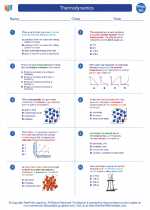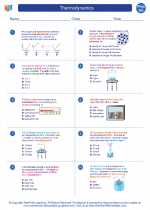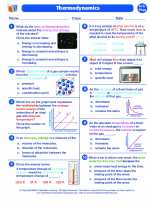Climate
Climate refers to the long-term patterns of temperature, humidity, wind, and precipitation in a particular area. It is different from weather, which refers to short-term changes in the atmosphere. Climate is influenced by a variety of factors including latitude, altitude, proximity to water bodies, and the presence of mountains or other geographic features.
Factors Affecting Climate
Several factors contribute to the climate of a region:
- Latitude: The closer a location is to the equator, the warmer its climate tends to be.
- Altitude: Higher altitudes generally have cooler temperatures due to lower air pressure.
- Proximity to Water Bodies: Coastal areas tend to have milder climates compared to inland areas due to the moderating effect of water bodies.
- Wind Patterns: Prevailing wind patterns can influence a region's climate, bringing moisture or dry air depending on the direction of the winds.
- Ocean Currents: Ocean currents can also impact climate by influencing the temperature and moisture content of the air above them.
- Geographic Features: Mountains, forests, and other landforms can affect temperature, precipitation, and wind patterns in a region.
Climate Classification
Climate is classified into different types based on temperature and precipitation patterns. The most widely used classification system is the Köppen climate classification, which divides climates into five main categories: tropical, dry, temperate, continental, and polar.
Study Guide
To understand climate better, consider focusing on the following topics:
- Learn about the various factors that influence climate, such as latitude, altitude, and proximity to water bodies.
- Understand the difference between climate and weather, and how they are measured and recorded.
- Explore the Köppen climate classification system and the characteristics of each climate type.
- Investigate the impact of human activities on climate change and the potential consequences for different regions.
By studying these topics, you will gain a deeper understanding of the complex and dynamic nature of climate and its significance in shaping the world around us.
.◂Physics Worksheets and Study Guides High School. Thermodynamics

 Worksheet/Answer key
Worksheet/Answer key
 Worksheet/Answer key
Worksheet/Answer key
 Worksheet/Answer key
Worksheet/Answer key
